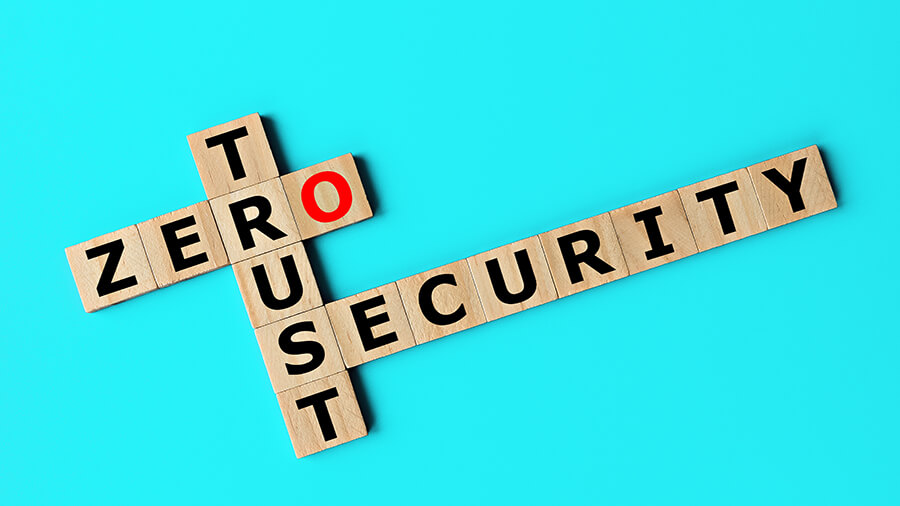by Tim Reilly
Beating the Hype and Getting Real Results with Zero Trust

Let’s begin by level setting on Zero Trust; when implemented correctly, it’s more than just hype. The only thing that’s hype is the name Zero Trust. The framework and tools for this security philosophy have been around for years. Categorizing the fundamental security pillars and ensuring each has been addressed with a solution is the intent of Zero Trust. In other words, let’s identify the gaps in your security architecture and determine whether your existing tools can provide the necessary levels of protection. If not, here’s the playbook on what you need to do.
Organizations need to monitor everything, all the time, and the more monitoring and detection mechanisms that are put in place, the better. In practical terms – never trust, always verify.
Zero Trust aligns security policies in a software-defined way. Data and applications essentially become their own perimeters by inherently and consistently enforcing their use of identity and encryption, regardless of where they reside. Zero Trust is foundational for modern application architectures as it significantly reduces risk within an organization. In fact, Zero Trust policies can reduce the cost of a breach by about 30 percent.
Industries rely on heavily distributed dynamic hybrid and edge architectures such as financial, defense, industrial, healthcare and telco that especially benefit from Zero Trust principles since they align to the methodology’s architectures and reduce risk.
Of course, when planning for Zero Trust, there are some key strategies to consider:
- Recognize that change is necessary: Change is good, whether it’s mandated or not and should be considered when it comes to protecting sensitive data. US government agencies, for example, are under compliance deadlines for Zero Trust deployments. It’ll be interesting to see when (but more importantly IF) other industries are required to follow suit.
- Create a cross-silo Zero Trust team of champions: If you don’t have buy-in from top-down leadership, Zero Trust journeys will stall or die on the vine. Create a team and a plan dedicated to this initiative.
- Establish situational awareness: You can’t protect what you don’t understand – which ties into the above bullet. Gathering a good team of experts with true visibility into the bigger environment and its potential exposures is critical.
- Define realistic goals, timelines and protect surfaces: Zero Trust is complicated, and the journey can easily derail due to lack of focus or scope. Don’t rush the process and make sure environments remain protected when implementing this new technology.
Reiterating the marketing fun fact : Zero Trust basics may already be operating in your current tech stack. If you have identity and access management deployed, as well as encryption, you already have the first pieces of Zero Trust implemented.
Biden’s 2021 Executive Order on Cybersecurity pushed organizations to build Zero Trust architectures to improve our nation’s cybersecurity efforts for both the public and private sectors. The main pillars of focus were deploying multi-factor authentication and encryption at-rest & in-motion.
Zero Trust isn’t just a one and done thing. Organizations need the right tools and platforms in place for effective implementation and future successes.
That is why Zettaset joined forces with CyberArk and Red Hat.
CyberArk for IAM and Zettaset for encryption both operate on a foundational infrastructure powered by the Red Hat product portfolio. If you have these three organizations included within your tech stack, you have the initial pieces of a Zero Trust framework already deployed. But it’s important to understand that the path to Zero Trust is an incremental process that may take years to implement. CISA describes the steps of the Zero Trust Maturity Model journey as Traditional, Initial, Advanced and Optimal. The journey has to start somewhere, but there’s a good chance you may have achieved the initial stage already.
Zero Trust principles are necessary for any organization that holds sensitive data and the more monitoring and detection mechanisms that are put in place, the better. Keep walking the path of the Zero Trust Maturity Model with the confidence these three vendor solutions will accelerate the journey.
Interested in learning more? Check out Zettaset’s recent webinar, “Navigating towards Zero Trust” with Red Hat and CyberArk.